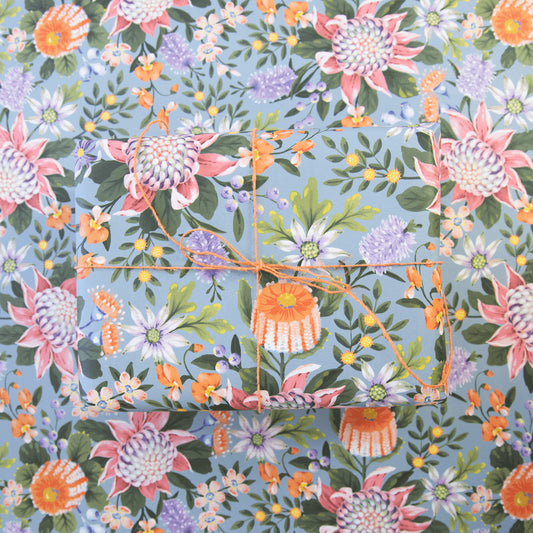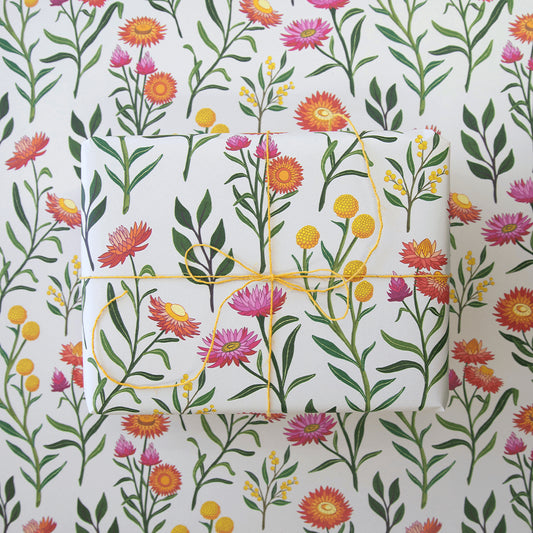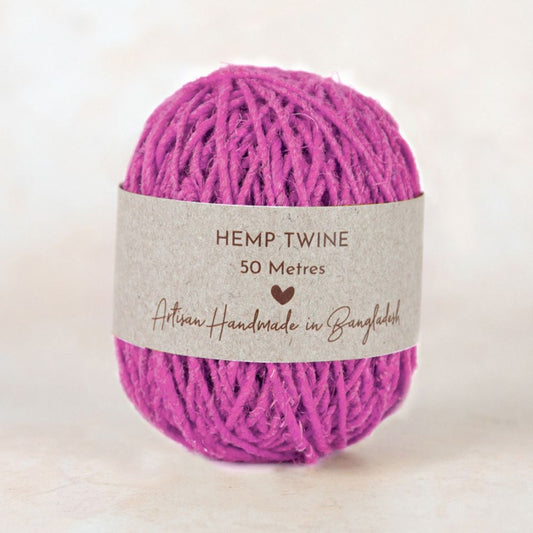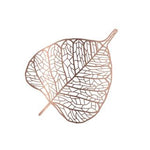How do sandalwood mosquito coils and incense sticks work?
We stock sandalwood mosquito coils and incense sticks by New Mountain, who are leaders in natural, ethically sourced Australian sandalwood products. You can see the range here > The New Mountain sandalwood mosquito coils and incense sticks are made from natural sandalwood powder, eucalyptus and citronella essential oils. You light the coil or incense stick to diffuse the aroma into the space around you. Mosquitos and other insects are deterred by the aroma of the sandalwood and essential oils. It has also been scientifically proven that burning sandalwood mosquito coils reduce the ability of mosquitos to bite people. As an added bonus, not only does sandalwood deter mosquitos and smell beautiful, it also has calming properties, helping you to enjoy your time outdoors even more.
The New Mountain sandalwood mosquito coils and incense sticks are made from natural sandalwood powder, eucalyptus and citronella essential oils. You light the coil or incense stick to diffuse the aroma into the space around you. Mosquitos and other insects are deterred by the aroma of the sandalwood and essential oils. It has also been scientifically proven that burning sandalwood mosquito coils reduce the ability of mosquitos to bite people. As an added bonus, not only does sandalwood deter mosquitos and smell beautiful, it also has calming properties, helping you to enjoy your time outdoors even more.
Do mosquito coils contain DEET or harmful chemicals and synthetics?
According to Wikipedia, many mainstream mosquito coils may contain the following ingredients:- Pyrethrum – a natural, powdered material from a kind of chrysanthemum plant.
- Pyrethrins – an extract of the insecticidal chemicals in pyrethrum.
- Allethrin – sometimes d-trans-allethrin, the first synthetic pyrethroid.
- Esbiothrin – a form of allethrin.
- Meperfluthrin - a pyrethroid ester.
- Butylated hydroxytoluene (BHT) – an optional additive used to prevent pyrethroid from oxidizing during burning.
- Piperonyl butoxide (PBO) – an optional additive to improve the effectiveness of pyrethroid.
- N-Octyl bicycloheptene dicarboximide (MGK 264) – an optional additive to improve the effectiveness of a pyrethroid.
- Dimefluthrin - a pyrethroid pesticide.
- Can be toxic to aquatic organisms;
- May cause long-term adverse effects in the aquatic environment;
- Should be kept away from children; and
- Should not be released into the environment.
Why is sandalwood so good at deterring mosquitoes naturally?
Sandalwood has been used by Aboriginal people for generations as an effective natural bug repellent. Traditionally, Aboriginal people burned the bark, wood and leaves of sandalwood trees. Just like certain plants deter pests in the garden (marigold for example), the aroma of burning sandalwood works to effectively deter mosquitoes.
Is the sandalwood used sustainably sourced?
There are two main types of sandalwood that are used in aromatherapy and mosquito protection. Indian sandalwood (Santalum album) was traditionally used in ayurvedic medicine, but due to illegal harvesting and long time it takes to mature, Santalum album is now considered a threatened species in India. The second type of sandalwood tree is the Australian sandalwood (Santalum spicatum), which is native to the south west of Western Australia. Australian sandalwood has a long history of sustainable harvest and the industry has been carefully regulated since the 1920s. New Mountain use premium Western Australian sandalwood that has died naturally, and which is harvested ethically and collected from the desert floors of Western Australia. No sandalwood trees are cut down to make the New Mountain mosquito coils or incense sticks, and New Mountain plant 10 tonne of seed (3.5 million seeds) every year to enable future sustainability of the industry.Buy natural, ethical sandalwood mosquito coils and incense sticks
Discover Biome's range of New Mountain sandalwood mosquito coils and incense sticks, as well as other natural mosquito protection here >Read more: How to protect yourself from mosquitoes naturally >
Read more: Best Natural Ways to Stop Mosquitoes From Biting You >
Further reading ABC News: https://www.abc.net.au/news/2017-12-19/mosquito-coils-do-they-work-are-they-bad-for-your-health/9268492 Wikipedia: https://en.wikipedia.org/wiki/Mosquito_coil Mortein Safety Data Sheet: https://2ecffd01e1ab3e9383f0-07db7b9624bbdf022e3b5395236d5cf8.ssl.cf4.rackcdn.com/Product/9a74dc40-7c1f-4a56-aa25-48423563c2c2.pdf Field Evaluation of New Mountain Sandalwood Mosquito Sticks and New Mountain Sandalwood Botanical Repellent Against Mosquitoes in North Queensland, Australia: https://bioone.org/journals/journal-of-the-american-mosquito-control-association/volume-22/issue-1/8756-971X(2006)22%5b158%3aFEONMS%5d2.0.CO%3b2/FIELD-EVALUATION-OF-NEW-MOUNTAIN-SANDALWOOD-MOSQUITO-STICKSsup-supAND-NEW/10.2987/8756-971X(2006)22[158:FEONMS]2.0.CO;2.short






























